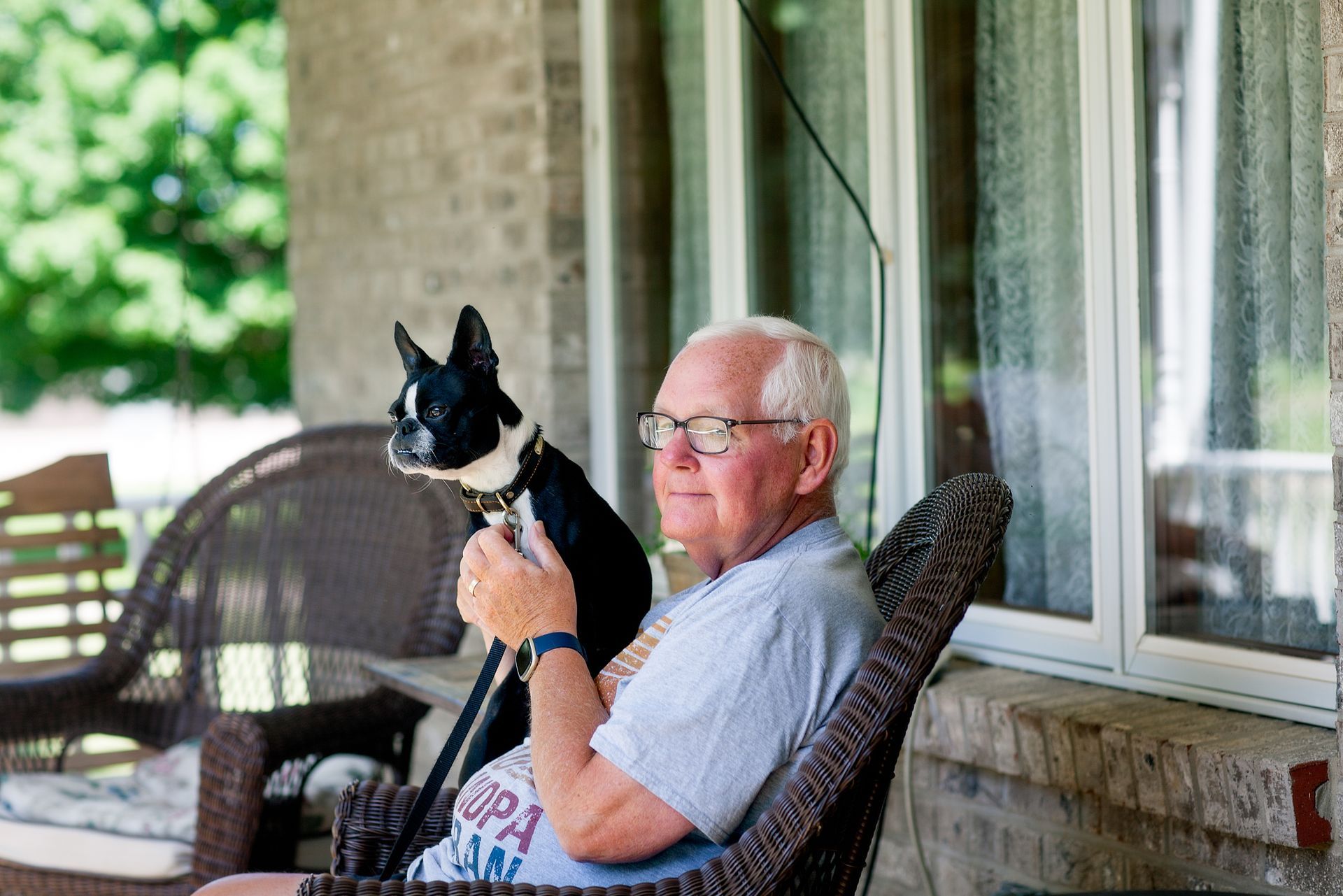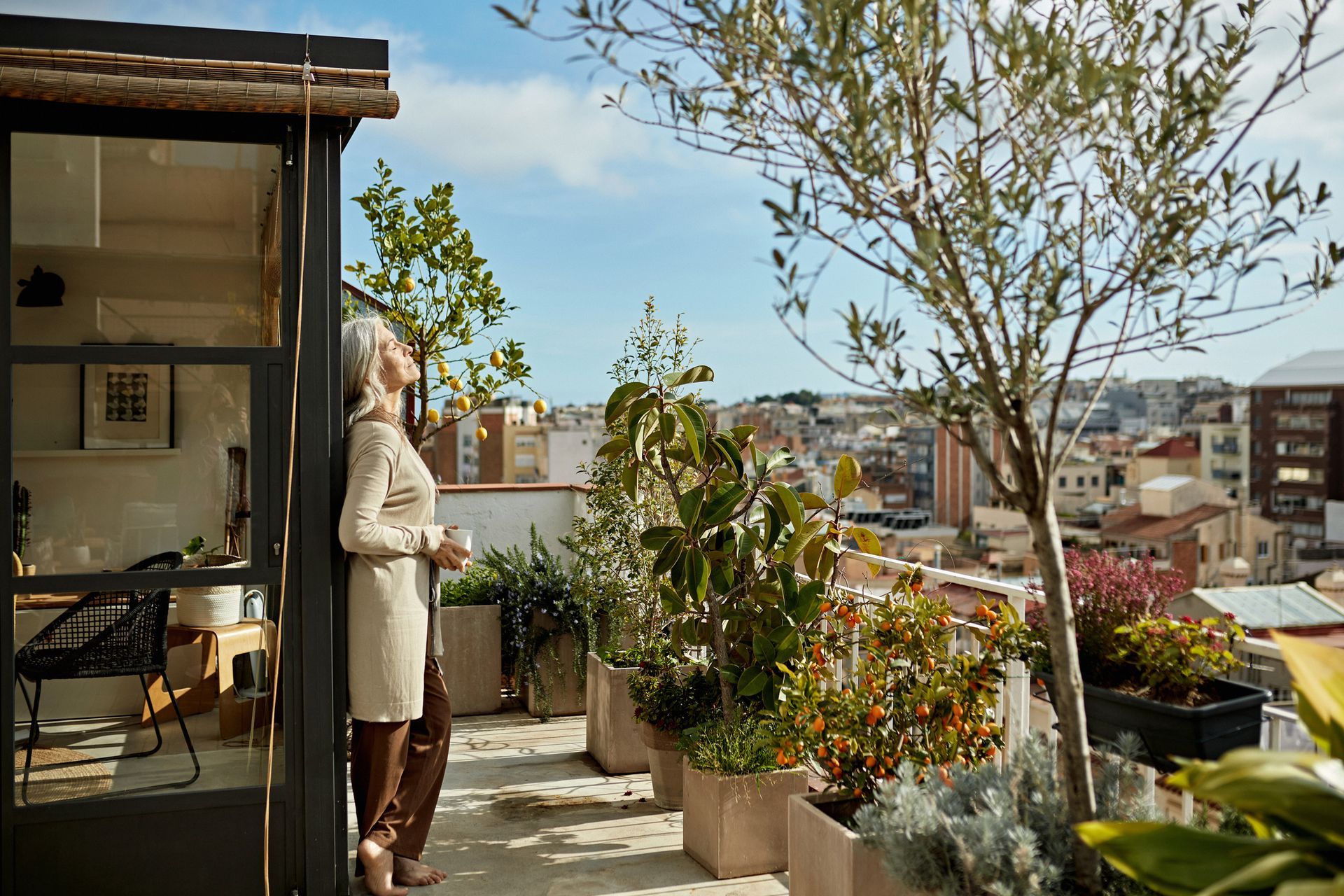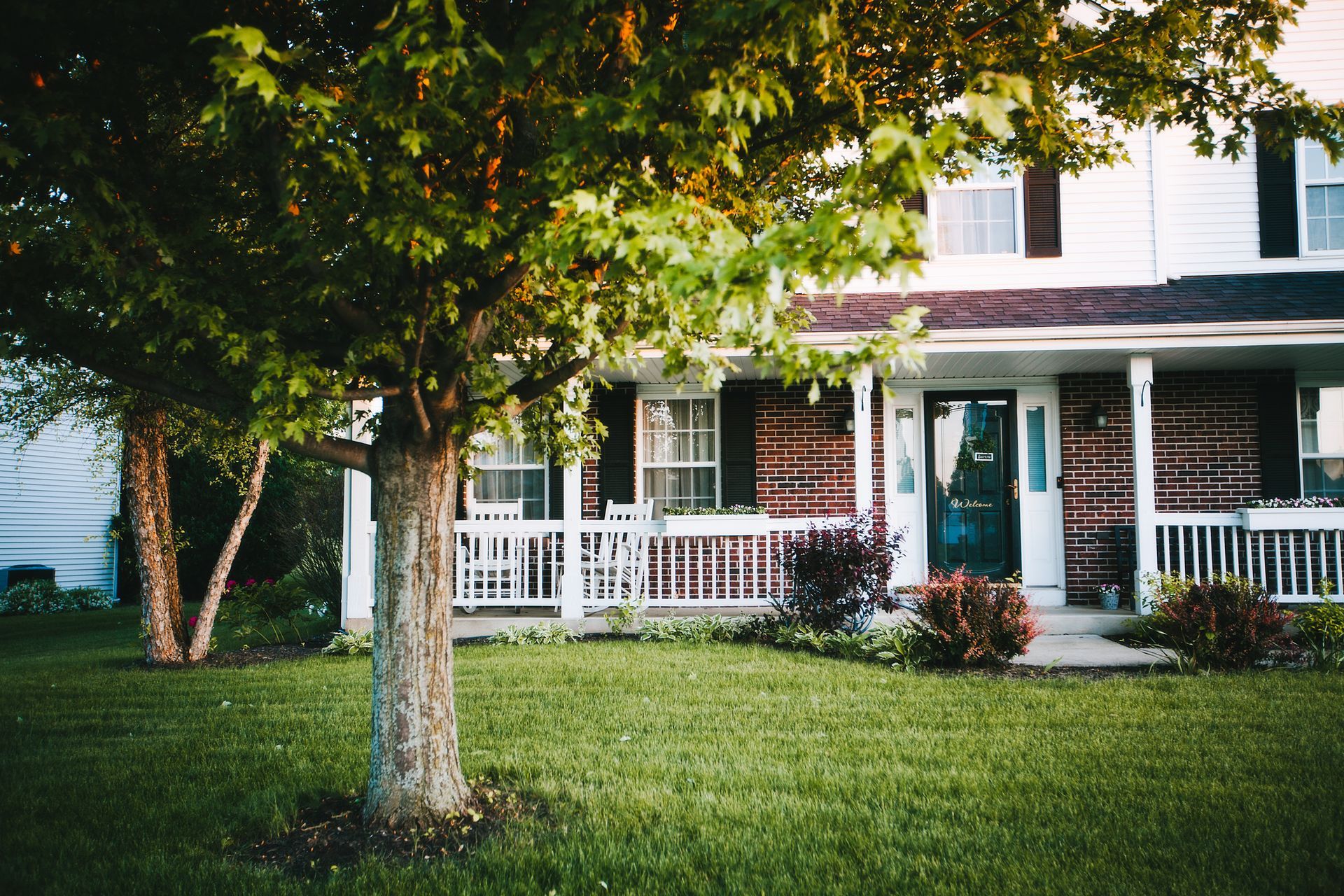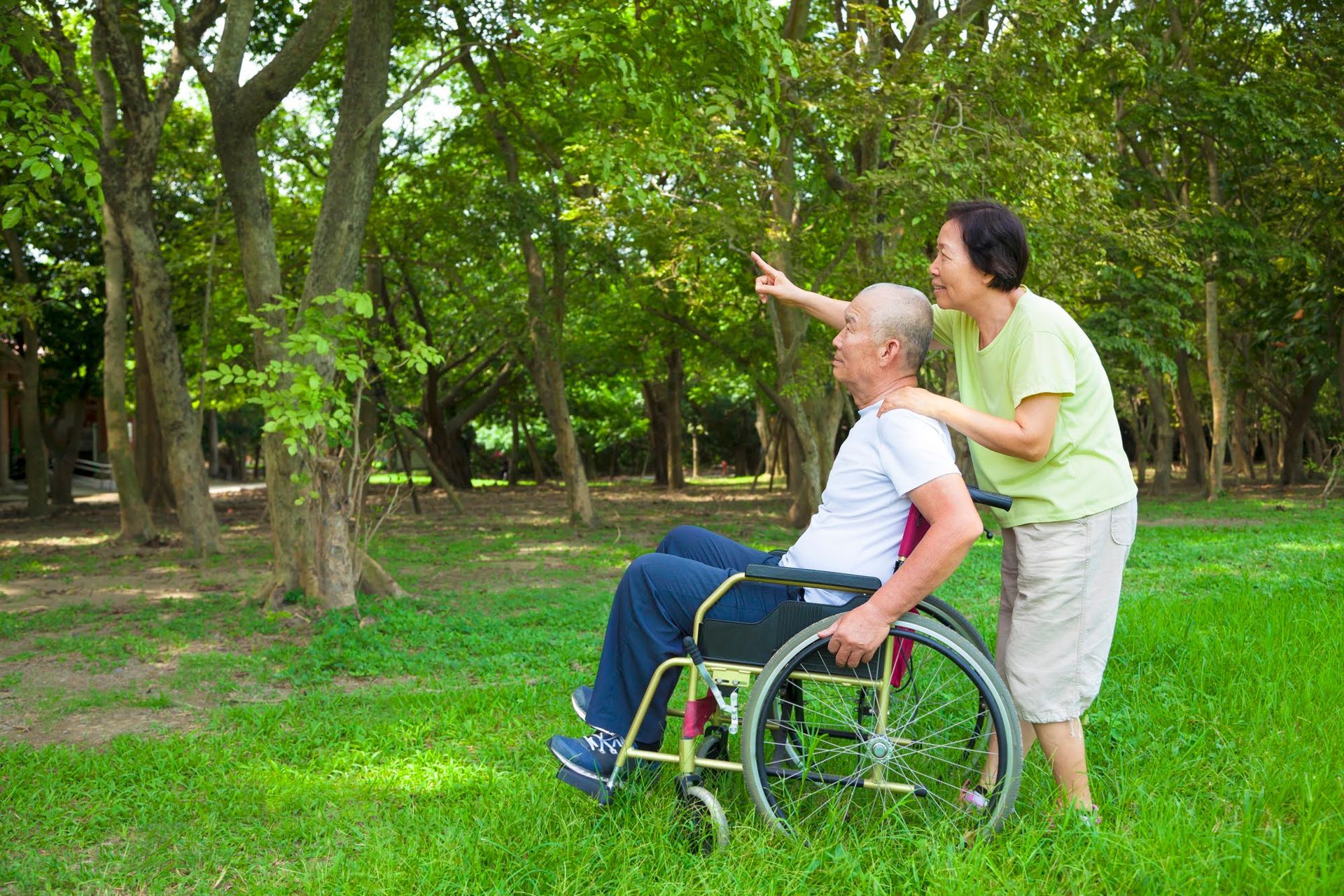8 Essential Tips for Making Your Home Disability-Friendly
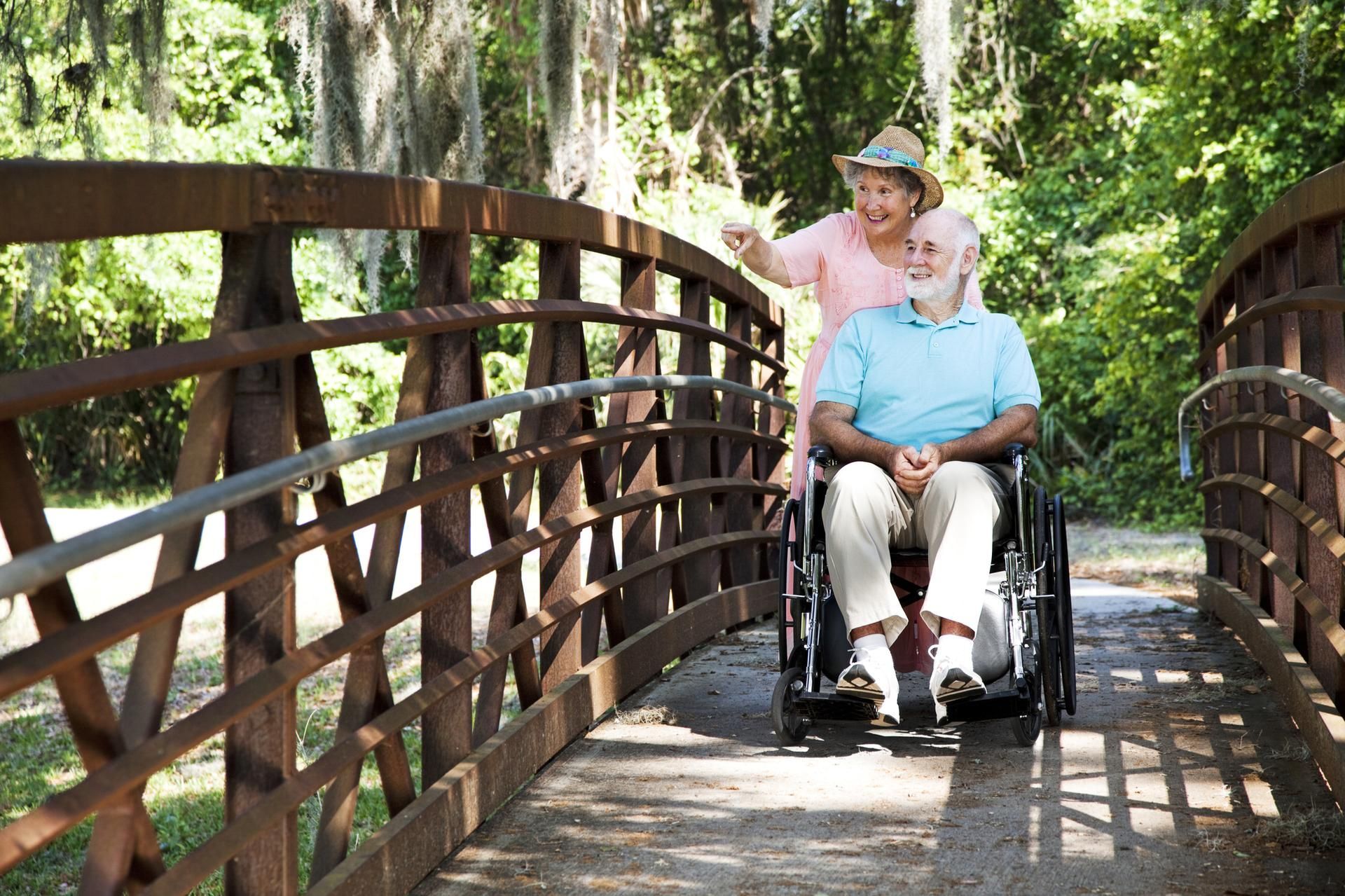
Creating a living space that is welcoming and accessible to everyone, including those with disabilities, is an act of empathy and consideration. With the right modifications, a home can become a sanctuary where individuals with disabilities can move freely, perform daily tasks with ease, and enjoy a sense of independence. This article outlines eight essential tips to transform your living environment into a disability-friendly space, ensuring safety, comfort, and accessibility are at the forefront of your home's design.
Install Ramps and Handrails
Ramps and handrails are essential for making a home more accessible for those with disabilities. Ramps provide a smooth incline for wheelchair users to enter and exit the home, while handrails offer support and stability for those with mobility issues. It is important to ensure that both ramps and handrails are securely installed and meet safety standards.
Widening Doorways
Narrow doorways can be a major barrier for wheelchair users or individuals with other mobility disabilities. Widening doorways can make a significant difference in allowing easier access throughout the home. Widening the doorway by a few inches will provide enough space for most wheelchairs to pass through comfortably.
Lower Countertops and Cabinets
For individuals who use wheelchairs, standard countertop height can be a barrier when trying to prepare meals or use the sink. Consider lowering countertops and cabinets in the kitchen and bathroom to allow for easier access. This can also be beneficial for individuals of shorter stature or those with limited reach.
Install Grab Bars in Bathrooms
Bathrooms can be especially challenging for those with disabilities due to wet surfaces and slippery floors. Installing grab bars near the toilet, shower, and bathtub can provide necessary support and prevent falls. Make sure these grab bars are securely attached to studs in the wall for maximum stability.
Use Non-Slip Flooring
Another way to make bathrooms safer is by using textured tiles, rubber mats, or other non-slip flooring. These materials provide more traction than traditional tile or linoleum, reducing the risk of slips and falls.
Consider a Stairlift
Stairs can be a major obstacle for individuals with mobility issues or those who use wheelchairs or walkers. Installing a stairlift allows people to easily navigate between levels of the home without having to climb stairs. There are various types of stairlifts available depending on your specific needs and budget.
Create a Bedroom on the Main Floor
For individuals who have difficulty climbing stairs, having a bedroom on the main floor can greatly improve accessibility. This can be achieved by converting an existing room or building an addition to the home. Having a bedroom on the main floor also provides more privacy for individuals who may need assistance with daily tasks.
Make Sure Pathways Are Clear
Ensure that pathways throughout the home are clear and free of obstacles by removing clutter, securing loose rugs, and making sure furniture is arranged in a way that allows for easy navigation. This not only benefits those with disabilities but also helps prevent falls for everyone in the household.
In conclusion, creating a disability-friendly home takes thoughtful consideration and sometimes a bit of remodeling, but the payoff is a more inclusive, accessible, and comfortable living space. Each of these tips, from installing ramps and handrails to ensuring clear pathways, plays a crucial role in enhancing the quality of life for individuals with disabilities. By taking these steps to modify your home, you're not just making physical changes; you're fostering an environment of independence, safety, and dignity for everyone. Remember, creating an accessible home is an ongoing process that evolves with the needs of its occupants, and every small change can make a big difference in someone's life.
Contact our office for more information.



